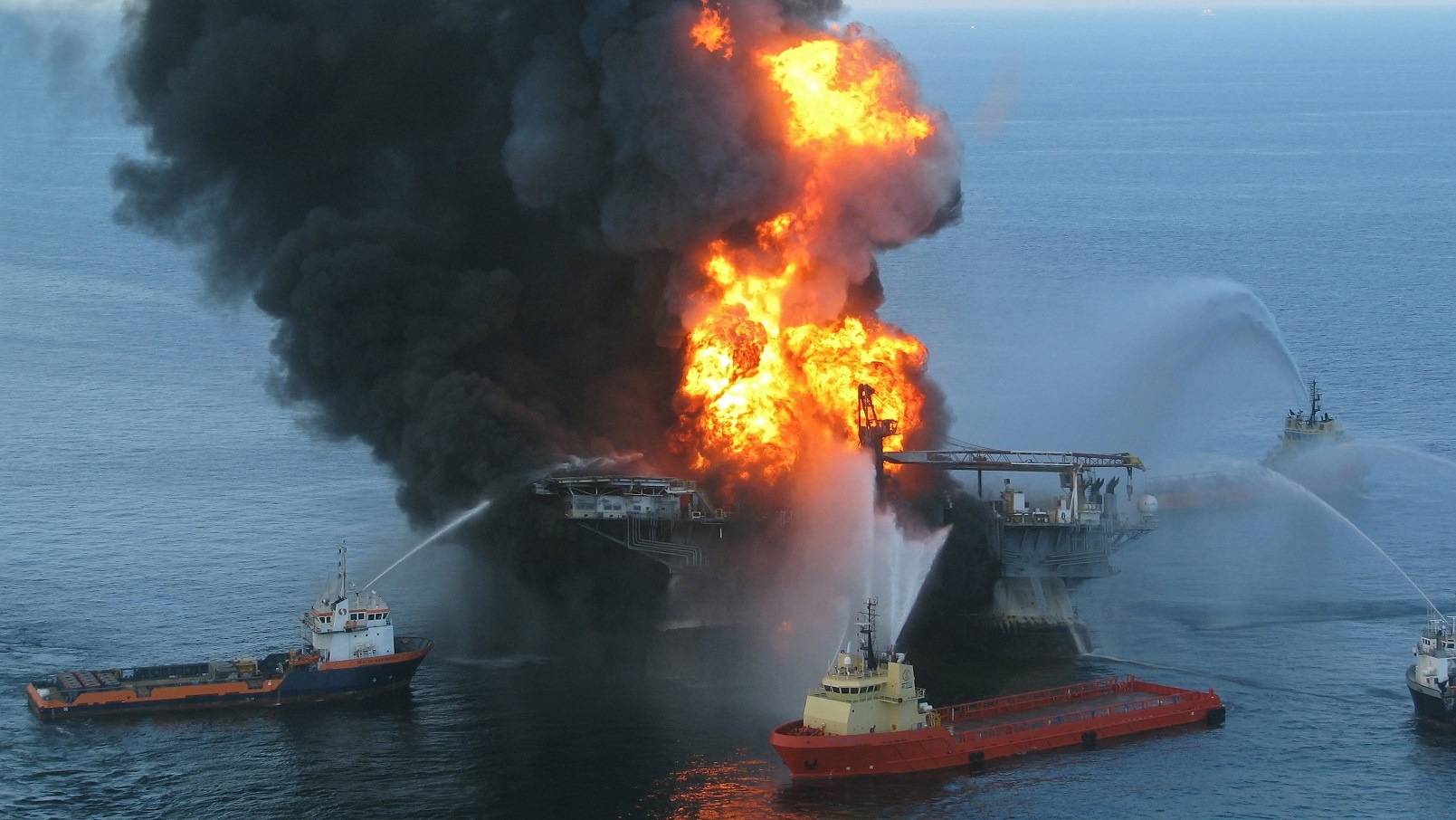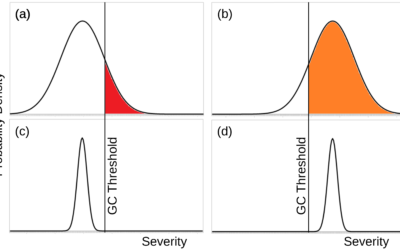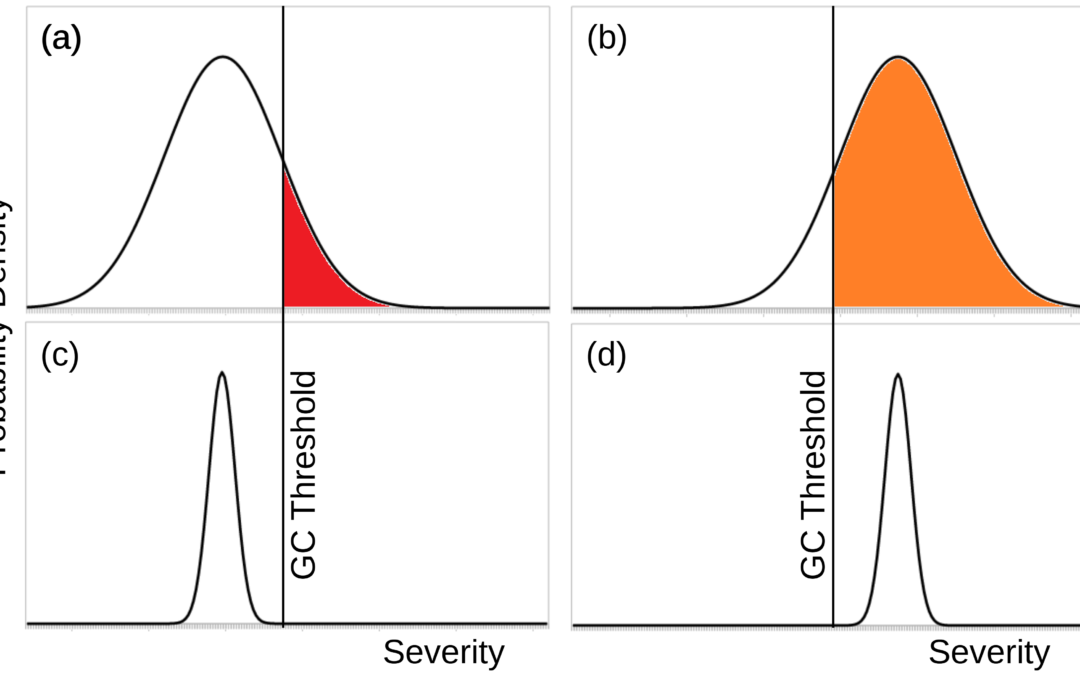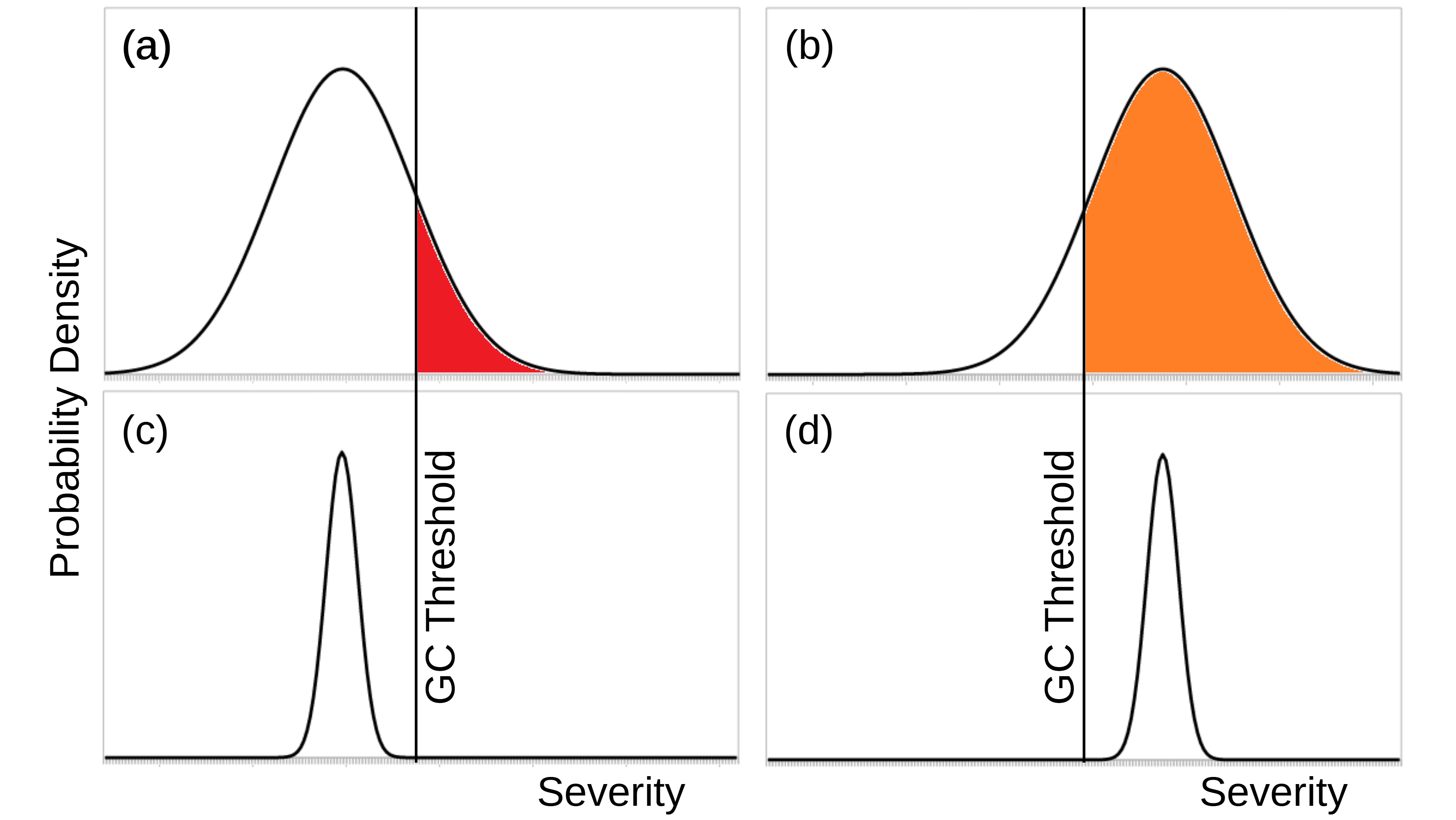View in Boston College Environmental Affairs Law Review
This paper analyzes the 2010 Deepwater Horizon oil spill in relation to international law. The paper focuses on the use of the oil dispersant Corexit, suggesting that this may have been in violation of the United Nations Convention on the Law of the Sea. The paper also explores the possibility of global catastrophic risk from oil dispersants. The paper was originally drafted in law school and was revised and extended to address implications for global catastrophic risk.
The oil spill, though tragic, was a local/regional catastrophe, not a global one, though it did have global repercussions. It does raise the question of whether bioengineered dispersants could cause global catastrophe. The study found that bioengineered dispersants as they are currently understood could not cause global catastrophe, although they do pose potentially serious harms to the marine environment. (See Section V.D.1 of the paper for details.)
It is of course good news to learn that something could not cause global catastrophe. It’s also important for GCRI to explain that some things are not GCRs. It’s easy to imagine GCRI labeling lots of things as GCRs in order to attract more interest in our work and our cause. This situation parallels the tendency for many researchers to favor publishing positive results but not negative/null results (a form of ‘publication bias’) [1]. But our commitment is to GCR, not to attracting interest, and so we will not distort our research.
[1] See e.g. Song F et al. 2010. Dissemination and publication of research findings: An updated review of related biases. Health Technology Assessment 14(8).
Abstract:
The number 4.9 million is commonly known as the number of barrels of crude oil that entered the Gulf of Mexico during the Deepwater Horizon oil spill in 2010. Less known, but perhaps equally disconcerting, is the number 1.7 million—the number of gallons of Corexit, a toxic dispersant used to mitigate oil spills, that was also released into the Gulf of Mexico. Some observers claim that Corexit spared shorelines, wetlands, and beaches from the worst of the oil spill. Others, however, argue that Corexit was at best a massive ecotoxicological experiment that could impair the marine environment for years. With a focus on the use of Corexit during the Deepwater Horizon oil spill, this Article concludes that laws and regulations in the United States do not meet the standards set by Article 194 and Article 195 of the United Nations Convention on the Law of the Sea (UNCLOS). In light of the overall purpose of UNCLOS to “protect and preserve the marine environment,” however, the United States might be able to meet the standards of at least Article 194 by ensuring that the use of dispersants is authorized only if the dispersants result in a net environmental benefit and are the optimal dispersants to use for the unique situation of an oil spill. Finally, the future of oil spill remediation could involve genetically engineered microorganisms to clean up spills, but the United States regulatory regime does not seem to protect the marine environment from bioengineered microbes and therefore falls short of meeting the standards of Article 196 of UNCLOS, which regulates the introduction of alien or new species. Because UNCLOS represents customary international law, the United States should strive to meet the marine pollution provisions of the treaty.
Academic citation:
Grant S. Wilson, 2014. Deepwater Horizon and the law of the sea: Was the cure worse than the disease? Boston College Environmental Affairs Law Review, vol. 41, no. 1, pages 63-131.
Download PDF • View in Boston College Environmental Affairs Law Review
Image credit: United States Coast Guard
This blog post was published on 28 July 2020 as part of a website overhaul and backdated to reflect the time of the publication of the work referenced here.










